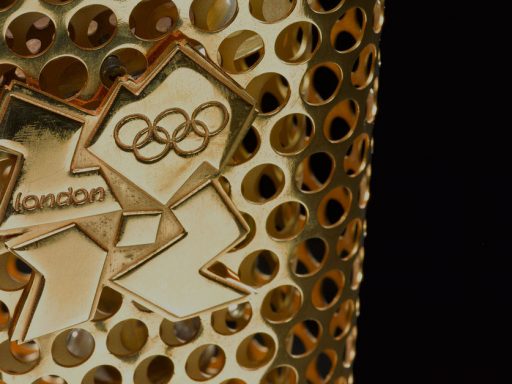
Which is faster: a 100m sprinter or a painter? The answer is obvious, yet surprisingly between 1912 and 1948 art competitions were officially part of the Olympic Games.

Which is faster: a 100m sprinter or a painter? The answer is obvious, yet surprisingly between 1912 and 1948 art competitions were officially part of the Olympic Games.
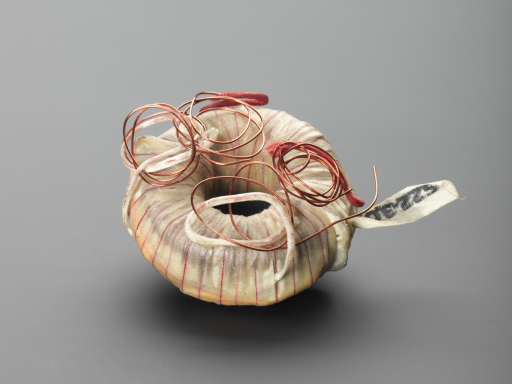
With the film Cats in cinemas, curator Liz Bruton explores its surprising link to Earth’s atmosphere.

Science Director, Roger Highfield, revisits speculation about the future of Christmas he made decades ago.
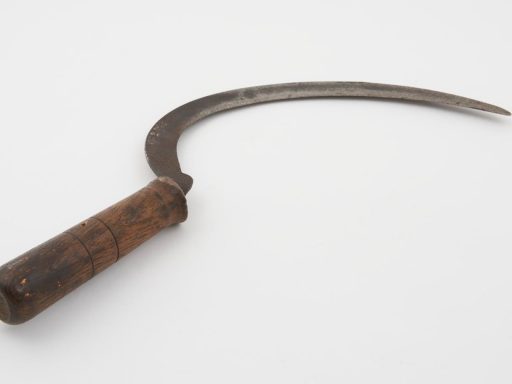
As a new display featuring a model of a red blood cell showing abnormalities goes on display in Medicine: The Wellcome Galleries, research fellow Shelley Angelie Saggar explores how Thalassemia has been perceived culturally throughout history.
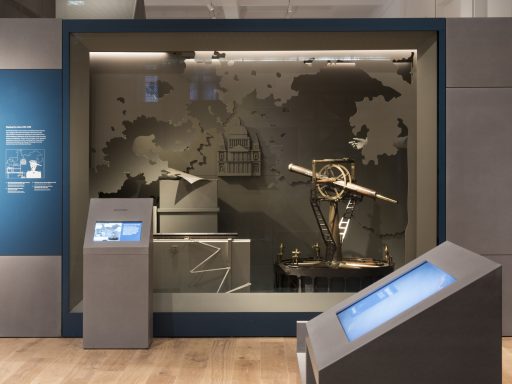
Photographer Kevin Percival discusses his work for Science City 1550– 1800: The Linbury Gallery.

Assistant Curator Margaret Campbell recounts Nobel Prize winner Akira Yoshino’s predication that lithium-ion batteries ‘will play a central role’ in achieving a sustainable society.

Top Secret volunteer Sheila Mair explores the evolution of scrambler phones used during the Second World War.
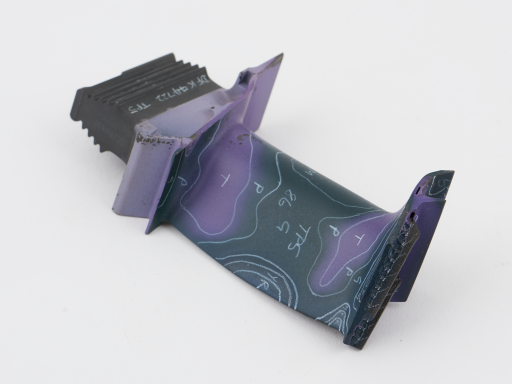
For over 5000 years alloys have been vital to innovation, science and technology. Assistant Curator Emma MacNicol explores some of the uses of these remarkable metals.
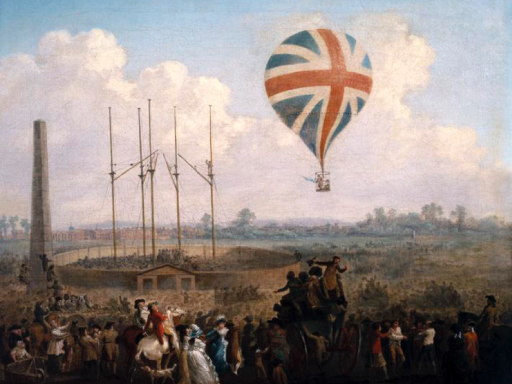
To mark 359 years since London’s first scientific society was founded, Assistant Curator Matthew Howles invites you on a highlights tour of the city’s scientific history.
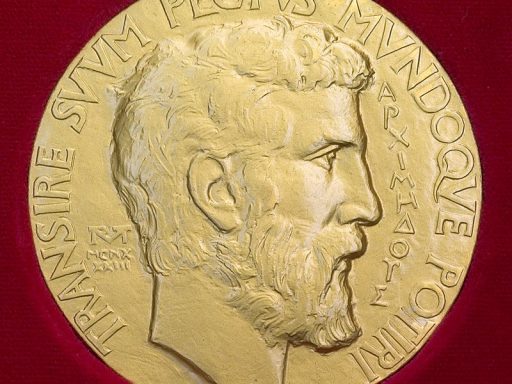
Roger Highfield, Science Director, introduced the Fields medallist at the latest Oxford Mathematics London Public Lecture in the Science Museum.
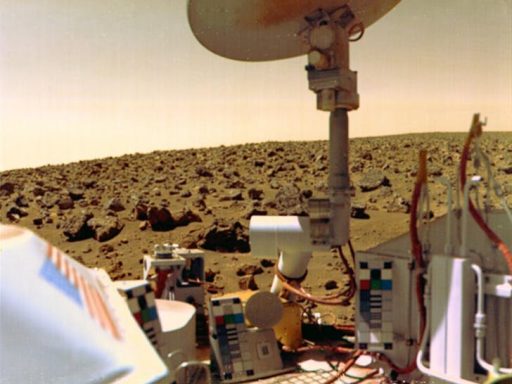
Roger Highfield, Science Director, describes a key moment in the independent scientist’s efforts to detect life on Mars.
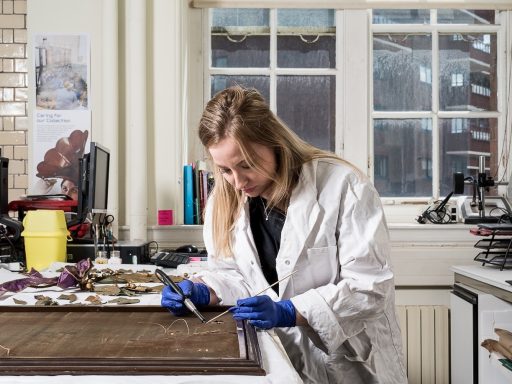
Go behind the scenes with the conservation team who are busy treating objects within the collection.